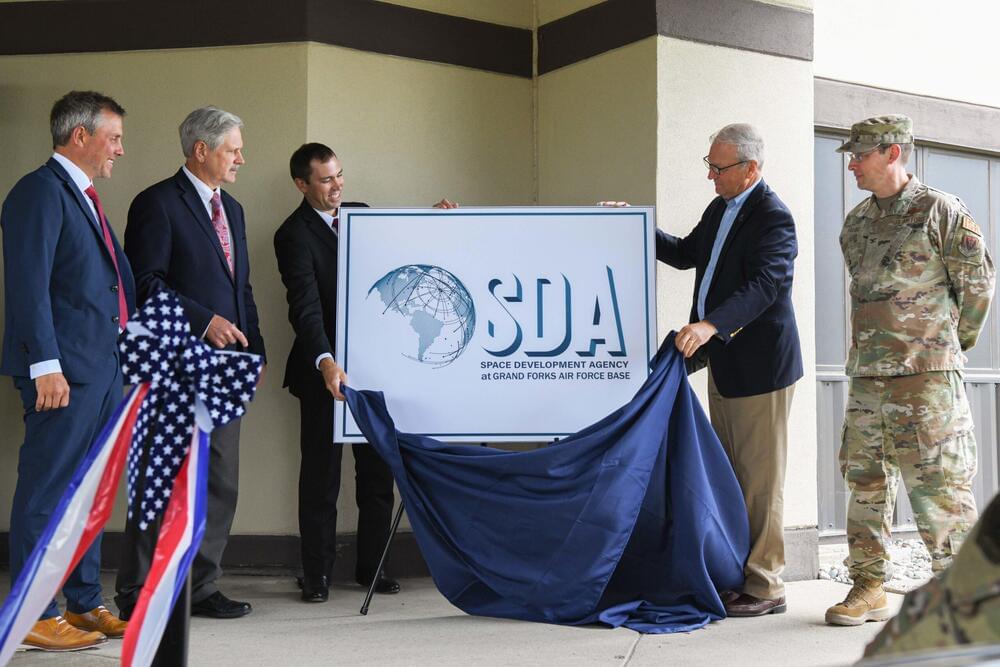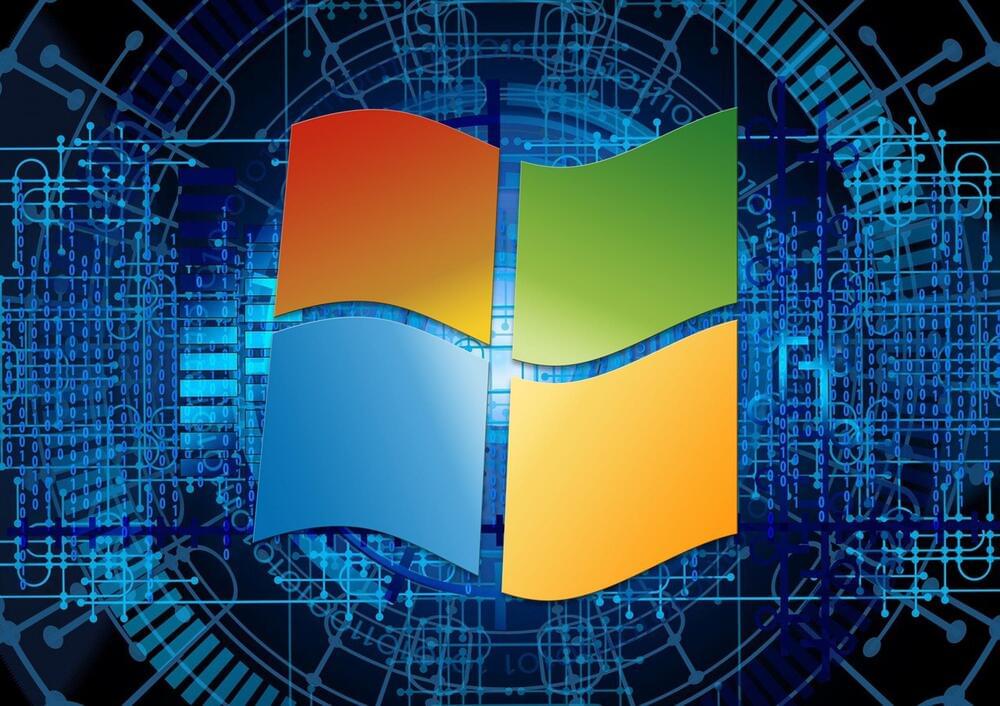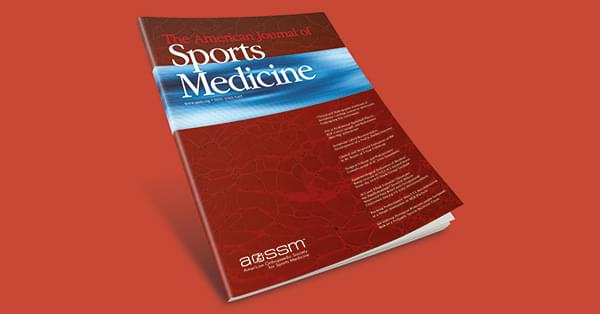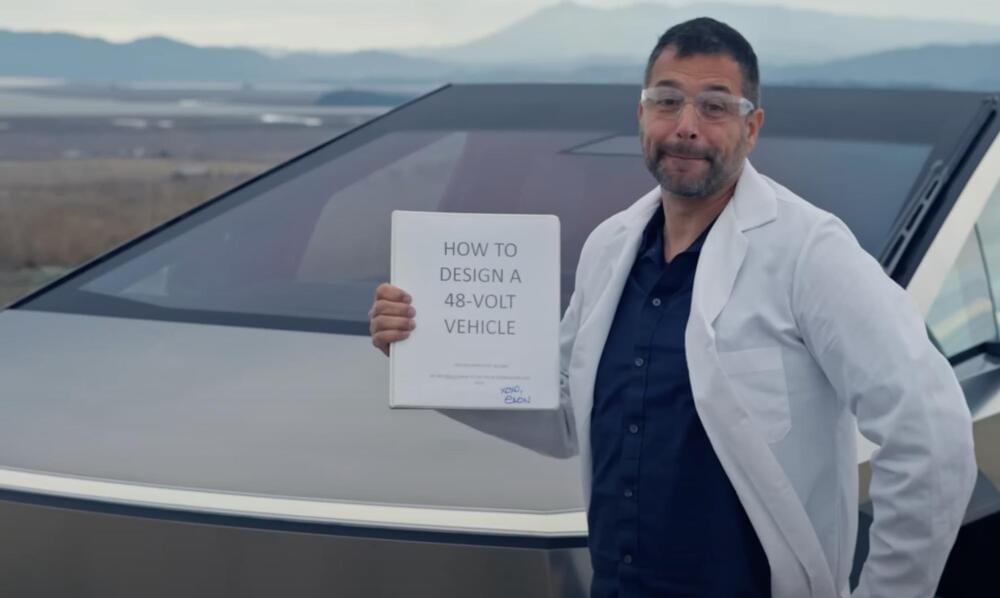WASHINGTON — The Space Development Agency has set its sights on an ambitious launch schedule for 2024 following two successful launches this year that marked steady progress for the fledgling U.S. Space Force agency.
“Starting next September, it’s an 11-launch campaign over 11 months, one launch a month,” SDA Director Derek Tournear said Dec. 7 at a National Security Space Association online forum.
SDA is developing a network of satellites known as the Proliferated Warfighter Space Architecture — a large constellation of lower-cost, mass-produced satellites in low Earth orbit. This is different from the traditional DoD approach of using small numbers of expensive, highly-customized satellites.


 עברית (Hebrew)
עברית (Hebrew)

